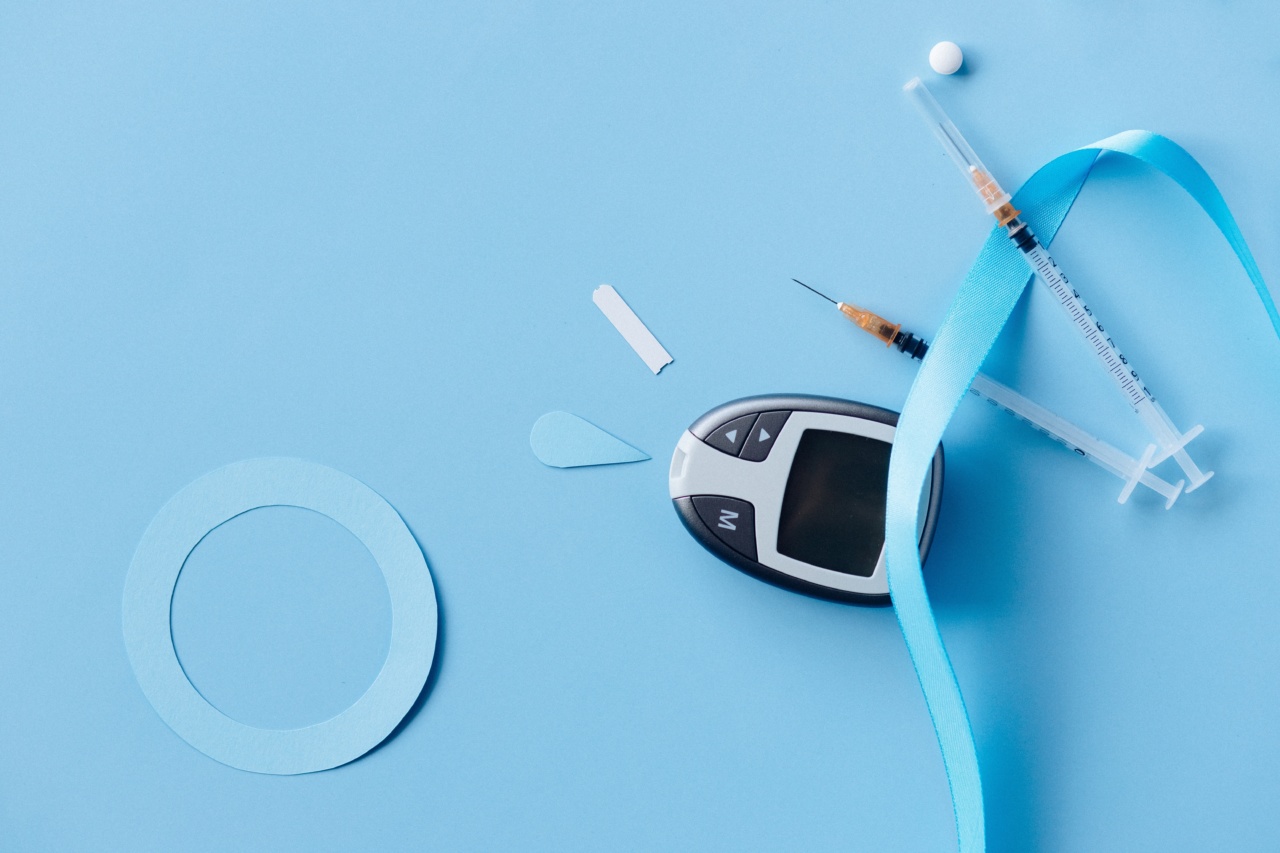Diabetes is one of the most common and difficult to manage chronic diseases in the world, affecting over 400 million people globally.
But there’s a new treatment that’s showing promise in helping to control the condition, and it uses groundbreaking technology that’s completely changing the way we think about treating diabetes.
What is diabetes?
Diabetes is a condition where your body either doesn’t produce enough insulin or doesn’t use the insulin it produces effectively.
Insulin is a hormone that’s produced by the pancreas, and its job is to regulate the amount of sugar in your bloodstream. When you have diabetes, your blood sugar levels can become dangerously high or low, which can cause a range of health problems over time if left untreated.
What are the current treatments for diabetes?
There are a number of treatments available for diabetes, including insulin injections, oral medications, and lifestyle changes such as diet and exercise.
But these treatments can be difficult to manage, and many people with diabetes struggle to keep their blood sugar levels under control. That’s why researchers have been working to find new and better ways to treat the condition.
How does the new treatment work?
The new treatment involves a device that’s implanted under the skin. The device is about the size of a credit card and is about 1 millimeter thick.
It contains small pores that allow blood to flow through, and an array of cells that can sense changes in blood sugar levels.
When the device senses that blood sugar levels are getting too high, it releases a tiny amount of a hormone called glucagon-like peptide-1, or GLP-1.
GLP-1 is a hormone that’s produced naturally in the body and helps to regulate blood sugar levels. By releasing small amounts of GLP-1 when blood sugar levels start to rise, the device can help to keep those levels under control.
What are the results of the clinical trials?
The results of the clinical trials have been incredibly promising. In one trial, patients with diabetes who received the implant had an average HbA1c level of 7.2%, which is well within the range considered to be healthy.
This level was maintained for two years, with no significant changes in blood sugar levels or other health indicators.
Another trial involved patients with type 2 diabetes who were already taking oral medications for the condition.
These patients received the implant and were able to reduce their medication dosage over time, while still maintaining healthy blood sugar levels.
What are the advantages of this treatment?
One of the biggest advantages of this treatment is that it’s completely implantable. This means that patients don’t have to worry about remembering to take medications, or dealing with side effects from oral medications or injections.
The device is also very small and discreet, so it can be easily hidden under clothing.
Another advantage of this treatment is that it’s long-lasting. The device can remain under the skin for up to two years before it needs to be replaced.
This means that patients don’t have to worry about constant monitoring or maintenance, and can focus on living their lives without the constant worry of managing their diabetes.
What are the potential drawbacks?
As with any new treatment, there are potential drawbacks to consider. One concern is that the implant could become infected or dislodged over time, which could cause additional health problems.
There’s also the cost of the treatment to consider, as the device is still quite expensive and may not be covered by insurance for all patients.
What does the future look like for this treatment?
The future looks incredibly bright for this treatment, as more and more research is being done to improve the technology and make it more accessible to patients.
Researchers are also exploring the use of the implant for other conditions, such as obesity and hypertension, which could greatly expand its usefulness in the medical field.
What can we do in the meantime?
If you or someone you know is living with diabetes, there are still plenty of treatments and resources available to manage the condition.
Talk to your doctor about the best options for you, and consider making lifestyle changes such as diet and exercise to help keep your blood sugar levels under control. And keep an eye on the latest developments in diabetes treatment, as there’s always the possibility of new and innovative treatments on the horizon.






























